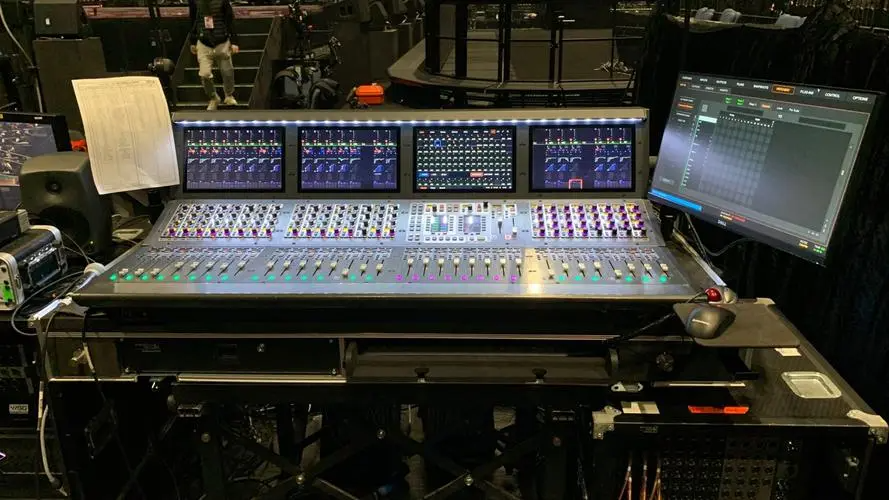What are the mixer level settings?
The level in the mixer refers to the power, intensity and amplitude of the audio signal, and is an important indicator of the size and quality of the audio signal. In the mixer, the level plays the role of controlling and adjusting the volume and quality of the audio signal, and is the prerequisite for audio signal processing and adjustment.
What is the role of the mixer level?
1. Control the audio input level: Adjust the level of the audio input channel to make the intensity of the audio signal reach the optimal level.
2. Adjust the gain of the audio signal: Adjust the gain of the audio signal by adjusting the level to achieve the desired volume.
3. Prevent audio signal overload: Control the intensity of the audio signal by adjusting the level to avoid overload of the input and output signals.
4. Adjust the signal-to-noise ratio: During the signal transmission process, the signal-to-noise ratio can be reduced and the audio quality improved by adjusting the level.
To use the levels in the mixer, generally use the following steps:
1. Insert the audio signal source into the audio input channel of the mixer.
2. Open the corresponding audio input channel and adjust the channel gain switch to make the input signal level reach the optimal level.
3. Adjust the volume of the signal by adjusting the volume control knob.
4. When the signal is overloaded, use a level meter or peak meter to detect and adjust the level to avoid signal overload.
5. Use a compressor or limiter to handle excessively large signals to avoid audio distortion.
When adjusting the level, follow these steps:
1. Determine the signal source: First, you need to determine the audio signal source whose level you want to adjust, including the input port of the device or the output port of the external device.
2. Measure the level value: Use measuring tools such as a level meter to measure the level value of the audio signal to determine whether the signal level needs to be adjusted.
3. Adjust the tuner: Once you determine that the level of the audio signal needs to be adjusted, you can open the audio input channel of the mixer to release any distortion or noise. Based on the measurement results, adjust the corresponding preset gain switch and determine the load resistance.
4. Adjust the gain: The gain control in the mixer controls the gain of the signal during transmission, and adjusts the gain of the audio signal according to the requirements of the signal source or the standard level value.
5. Use a limiter or compressor: When the signal is too loud or too small, you can reduce or increase the level of the signal by using a limiter or compressor.
6. Check the level: Once the level adjustment is completed, you need to use a level meter and other tools to recheck the level value of the audio signal to ensure that the level setting is correct.


